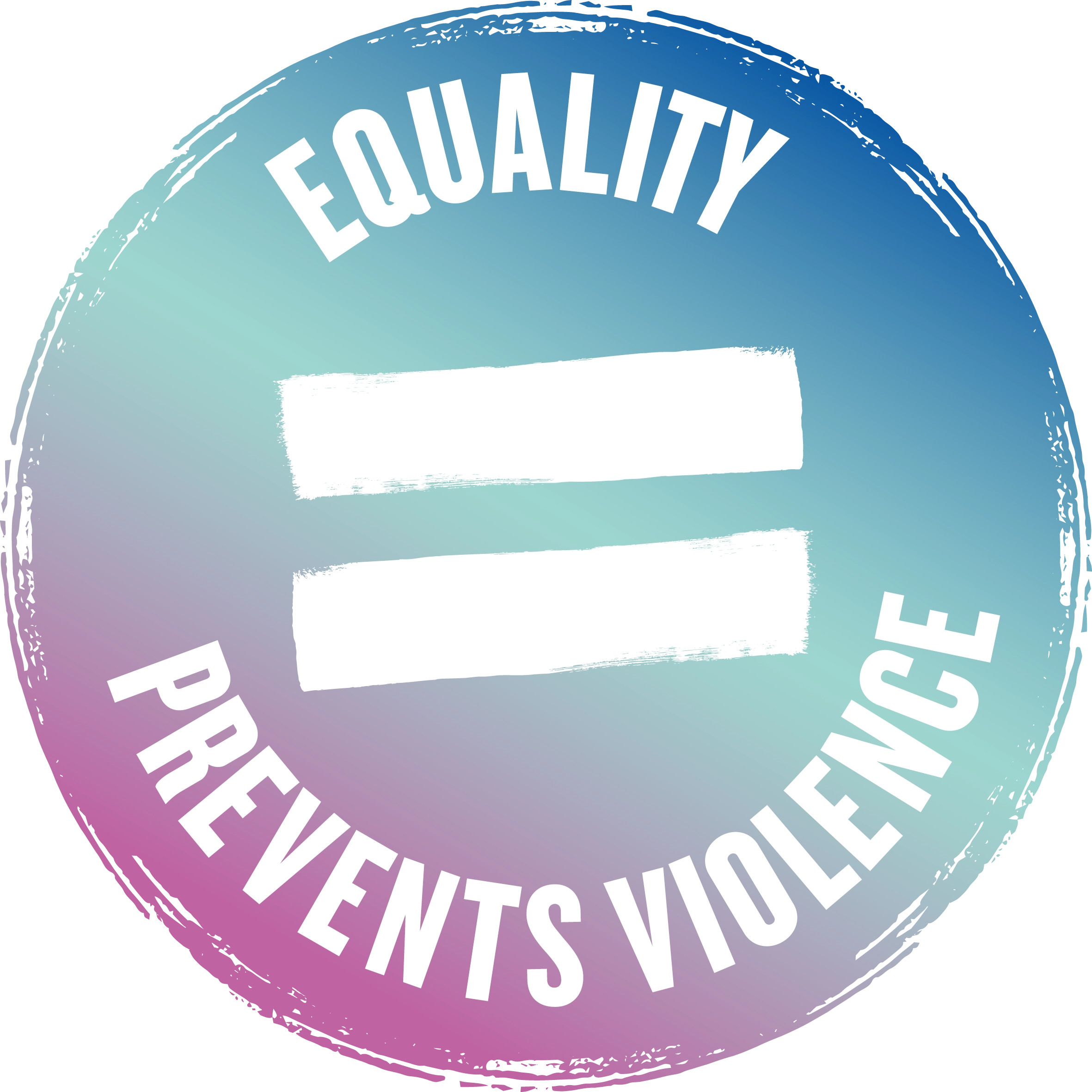How much control is too much?
How much control is too much?

Sneaking a glance at your partner’s smartphone when yet another message arrives. Feeling guilty when you forget to let them know you’ll be getting home later than planned. Sharing your location. A certain amount of control is involved in almost every relationship. As long as it’s mutual, voluntary and makes both partners feel more secure, then that’s ok.
Things get problematic if this control, rather than making one partner feel secure, makes them feel under pressure and restricted.
Constant monitoring is a form of violence
Excessively jealous behaviour, possessiveness and demanding to know where someone is, what they’re doing and who they’re with – this is a form of psychological violence [1-4].
Psychological violence is the most common form of violence in couples [3, 4]. But it also occurs in public spaces, at the workplace, in schools and online. For example, when people are insulted, intimidated, humiliated or threatened.
A slippery slope
In couples, controlling behaviour can develop into a problematic pattern of domination and control. This pattern of behaviour leads to dependencies, restriction of freedom and fear.
In this climate of aggressiveness, suspicion and control, there’s a high risk that the dominant partner will also at some point engage in physical and/or sexual violence. Often, this behaviour continues even after a relationship has ended. Those affected frequently suffer a wide range of effects on their health [1, 2, 5-7].
Where is the dividing line?
A certain amount of attention and concern for each other is normal. It starts to be a problem when caring and interest turn into constant, one-sided control.
In distinguishing between love and harmful control, two questions are decisive:
- Can somebody make decisions by themselves – without their partner?
- Can a person also say no, without any fear of adverse consequences?
Serious warning signs are when one partner (male or female):
- Criticises people who are important to the other person
- Prevents the other person from meeting family or friends (of either sex)
- Always wants to know where the other person is
- Expects them to ask permission to go out
- Is extremely jealous and falsely accuses the other person of being unfaithful
- Wants to decide what the other person can wear
- Keeps checking the other person’s phone or asking about their social media activities
- Decides what joint or personal funds can be spent on
- Gets angry or threatens the other person if they protest
- Threatens to harm themselves or others if the relationship is ended
What can you do?
For people who experience violence, for those who witness it, and for those who have themselves violated boundaries and engaged in violence, numerous support and counselling services are available.
References
[1] FOGE: Information Sheet A1: Definitions, Forms and Consequences of Domestic Violence. Link
[2] FOGE: Information Sheet A2: Causes, Risk and Protective Factors of Violence in Intimate Relationships. Link
[3] FRA – European Union Agency for fundamental Rights, EIGE – European Institute for Gender Equality, & Eurostat. (2024). EU gender-based violence survey: Key results. Experiences of women in the 27 EU Member States. Luxembourg: Publications Office of the European Union. Link
[4] Frieda – The Feminist Peace Organization. (2023). 16 Days Against Violence Against Women. Focus 2023: Stop Psychological Violence. Fact sheet. Link
[5] WHO – World Health Organization. (2025, 25 March). Violence Against Women (Fact Sheet). Link
[6] Stark, E., & Hester, M. (2019). Coercive Control: Update and Review. Violence Against Women, 25(1), 81-104. Link
[7] SKP – Swiss Crime Prevention (2024). Unhappy at Home. Why Domestic Violence Is Not a Private Matter. Link



